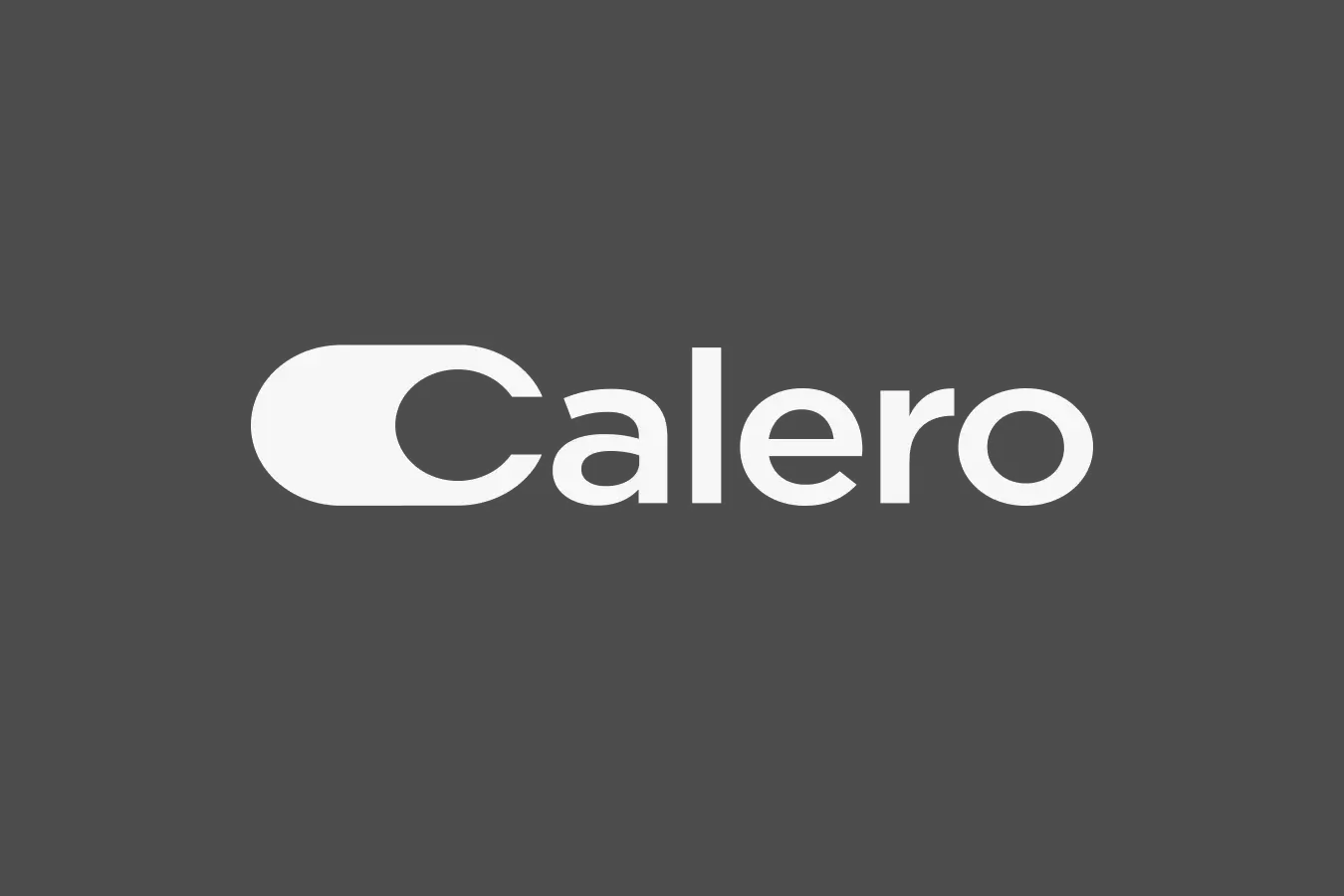SaaS applications are everywhere in today’s business environments. Their proliferation has helped to change the way we work, providing colleagues and customers with more powerful collaboration tools and new methods of accessing and processing information.
The wide deployment of SaaS and UCaaS solutions has also added complexity to the way enterprises manage those apps and control the costs associated with licensing, connecting and consuming them. SaaS management traditionally covers the portfolio of applications, including: purchasing, onboarding and offboarding, and license renewals. SaaS expense management takes the concept a step further by highlighting areas for optimization.
App management and expense management can no longer stand apart. A more holistic SaaS expense management strategy is needed to bring them together and successfully orchestrate features, subscription levels, costs, integrations, and contracts in a way that delivers full visibility and enables true optimization.
What is SaaS expense management and why does it matter?
The relative simplicity of legacy SaaS app management has morphed into a more nuanced endeavor in the modern SaaS environment. Previously, technology deployments were administered by IT and often delivered to a single department or a handful of functional positions. Today, shared SaaS and UCaaS apps power a much more converged experience. Usage patterns are complex, employees in all job roles and business units utilize a wider range of technologies (i.e., conferencing platforms, e-mail systems and filesharing solutions). SaaS applications can be launched inadvertently, or by design, without any involvement or visibility from internal IT. For example, a sales or marketing department within an organization may utilize SalesForce or other CRMs that has its own use case outside of IT related functions.
Unfortunately, SaaS management, including procurement of SaaS services, is a largely siloed operation and procurement and finance are typically the last to know. SaaS app (and budget) owners are under vendor pressure to get a deal done with favorable terms, but problems arise because these groups aren’t experts in procurement. This leads to poorly negotiated contracts, which may result in significant waste through add-on SKUs that aren’t necessary, for example. There’s also a high potential that the solutions chosen aren’t the best fit, that they may have redundant features or capabilities, or that they lack the necessary integration with other business-critical apps.
Historically, expense management was also more straightforward. Telecom spend, for example, was centrally controlled. Contracts were negotiated and approved according to standardized processes and each employee’s usage was tied to a static desktop phone in a single region with only a few providers for connections. Workers can now consume data services through their smartphones and, they can launch new applications at the touch of a button. Their reliance on on-premise infrastructure is dropping and as many now have the option to work from anywhere.
SaaS expense management brings all of that together to give enterprises much-needed visibility into which apps they’re using and how much they’re spending. It also empowers the organization to successfully optimize their SaaS and UCaaS spend by elevating awareness into factors such as application redundancy, subscription misuse or inefficiency, poor contract practices, insufficient user training and even compliance oversights. Each of these can lead to waste, and all of them should be a target for monitoring, mitigating and de-risking as part of the SaaS expense management strategy.
As companies continue to expand their SaaS portfolios, identifying and reducing waste become key components in both SaaS subscription management as well as expense management. In a Gartner survey, 40% of businesses said 25% or more of their SaaS subscriptions weren’t being utilized – of that group, 14% reported at least half of their subscriptions were unused. That directly translates into financial waste that will only grow as businesses add more SaaS apps to their environments.
Key Reasons Why Enterprises Need to Focus on SaaS Expense Management
The need to identify and address SaaS and UCaaS waste will grow as enterprises increasingly rely on these services to power their core operations. But traditional ways of tracking subscriptions and monitoring costs aren’t sophisticated enough to manage SaaS expenses in dynamic business environment.
1. SaaS app owners/users have limited visibility into deployments and expenses
Some SaaS apps are associated with either a line of business or a distinct function/group of functions within an organization. For example, the sales operations team may be the primary user of a SaaS solution. However, marketing may also tap into the platform occasionally and finance might sign the purchase order to approve the license. Each group has a small window of visibility, but no one has full visibility into spend, consumption and optimization opportunities.
2. No group has a holistic picture of SaaS overages and variable charges
UCaaS is a key element in effective SaaS expense management, but it’s often overlooked. If UCaaS isn’t included as part of a comprehensive view, businesses will lack insight into significant portions of their overall spend picture, and the problems only compound as price tiers, feature bundles, and renewal or upgrade incentives become more nuanced in an increasingly crowded UCaaS marketplace. Enterprises that don’t have a strategy to holistically assess UCaaS and SaaS together will also miss key opportunities to optimize and control costs and services.
When looking at a SaaS or UCaaS license, the subscription price is rarely the final word on actual expenditures. Because contract approval, budget approval and application deployment are usually handled by separate departments, no single team knows what the organization is paying, what they’re paying for or what they’re actually getting. There’s little understanding around what the firm can expect if users exceed the contracted service levels, whether they’re counted in minutes, number of connections or some other metric. Variable charges and their effects on spend are also a mystery, such as when a platform provider initiates a fee for every new integration, a fact unbeknownst to users who freely connect new systems each time they see a need.
This is especially true for UCaaS, given the large number of licenses assumed in comparison to another SaaS application, which may have few people using it. The expenses associated with tools like Zoom or Microsoft Teams will vary greatly from standard SaaS.
3. UCaaS is largely unmanaged
Given its vast user base and near-constant usage, it’s little surprise that many organizations have opted to forgo close management of many UCaaS apps, such as Zoom and RingCentral. Many of these subscriptions were spun up quickly by the users themselves in the pandemic’s early days and there’s been little effort to bring them under centralized management since. Contracted pricing can be all over the map, even within the same enterprise, and no one has any idea how many long-abandoned subscriptions renew automatically.
SaaS management of apps alone doesn’t capture all the elements necessary to manage the company’s technology deployments, and expense management by itself won’t reflect the totality of the financial obligations. A proven SaaS expense management platform is key to delivering visibility across the entire SaaS/UCaaS environment and enabling the business to optimize its technology investments.



